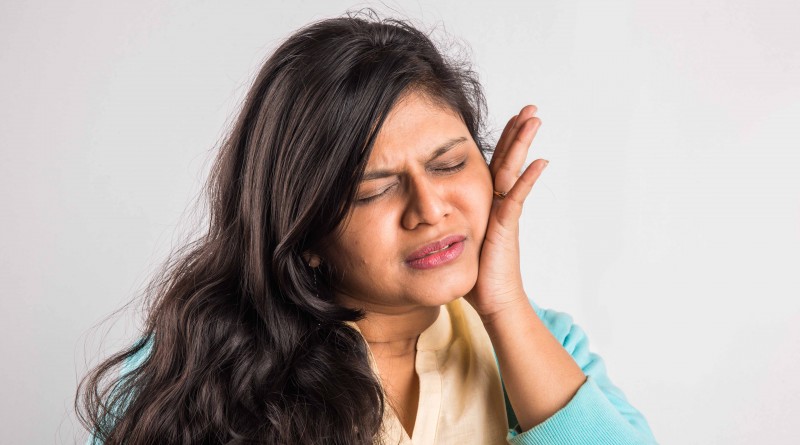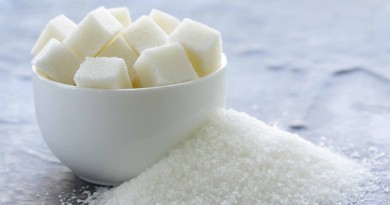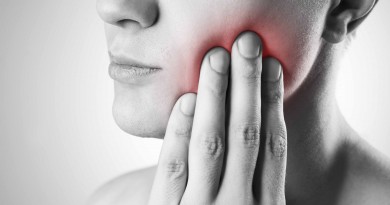Abscesses: what they are and how to treat them
Unpleasant and painful, know everything to prevent the appearance of this problem. Find out how to get rid of abscesses.
Abscesses are bacterial infections originating in the teeth and can extend to several areas of the mouth, throat, gums or cheek. Characterized by warm, painful reddish bumps that accumulate pus and other secretions. There are three types of abscess: gums, with origin in the teeth, but that affect exclusively the meat of the gums; periodontal, that commences on structure of the tooth and then spreads to other areas; and periapical, which focuses on tooth pulp.
Abscesses typically appear after some injury in the mouth, either painless or not, the infection takes its place when there is good hygiene. In fact, the dental hygiene plays a key role in the prevention of abscesses. In ordinary cases, the infection is easily quelled through the immune system – which is the pus function – but also with the anti-inflammatory and greater hygiene care. Also, the importance of massaging the soft tissue and carefully tooth brushing of the infected area is known. If untreated, the abscess may damage bones and teeth. In extreme cases, it can even cause death, infecting the bloodstream or expanding to the brain.
The symptoms of abscesses are easily identifiable. There is pain when you chew, however, is not the first one to arise – at that time, the infection is already developed. Before that, there may be sensitivity to very cold or very hot foods, as well as a strange taste in the mouth, an active and unpleasant odor, fever and even a general malaise. Nausea and vomiting have also been recorded.
Careful prevention is half the battle to keep the abscess from a safe distance. Brush your teeth at least twice daily, gargle with fluorine and use dental floss are the habits that matter most. Eating foods with low sugar also help, not to mention the periodic visits to the dentist







